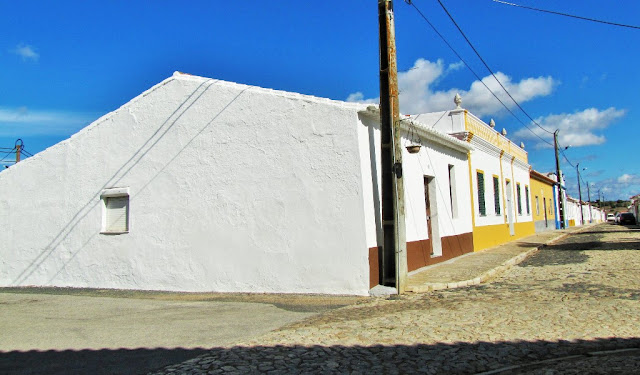BALEIZÃO
38º 01' 32'' N; 7º 42' 52'' W
Catarina Eufémia was shot dead on 19 May 1954, at Monte do Olival, a place in this parish. She was an agricultural worker and a Communist Party activist who, following a strike by rural wage earners, was killed with three shots almost point-blank, from behind, by an agent of the Republican National Guard. At the age of twenty-six, illiterate, Catarina had three children, one of whom was eight months old. It offered resistance to the Salazar regime, being an icon of resistance in the Alentejo.
The village of Baleizão is described as follows in the work Anatomy of the Martyrs of João Tordo: "It is a set of white houses with brown brick roofs, stonework windows and extraordinarily small doors where, in the afternoons, the places take shelter from the heat. a school, a Parish Council and, in the center of the village, a bust of Catarina Eufémia on a white column surrounded by a small fence where, at the end of the afternoon, the old people sit and rest.
There are three cafes in this round. (...) I walked at random through the streets of hot tar and the low doors, of pruned orange trees and stray dogs sniffing the shoulders. "





































